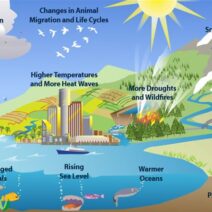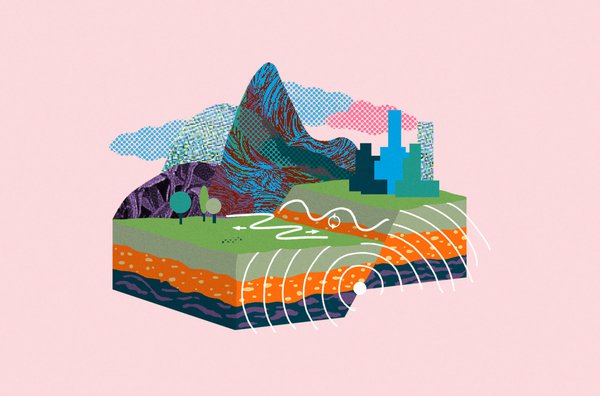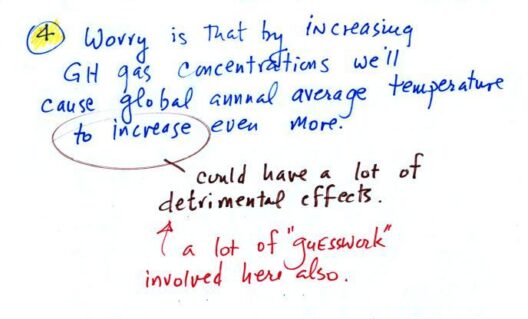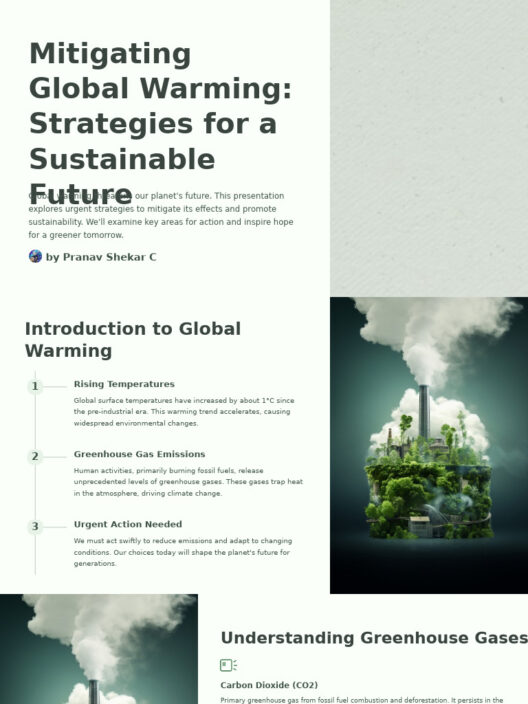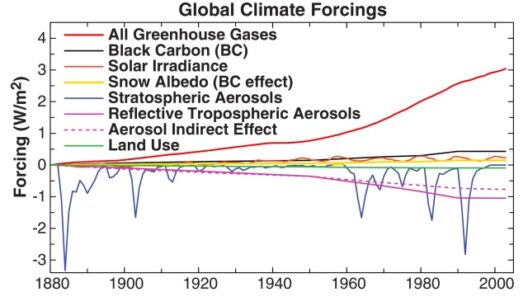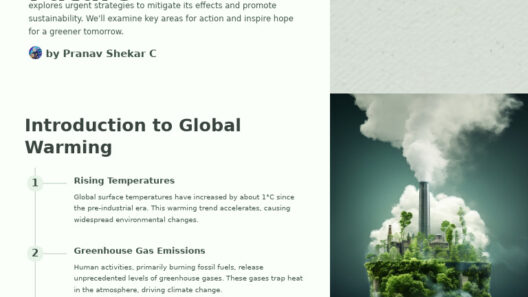Earthquakes have long captivated human curiosity, especially in regions prone to seismic activity. The dramatic nature of these tectonic disturbances often leads individuals to ponder the broader implications of such geophysical phenomena. As global temperatures rise and climate change becomes an ever-pressing concern, a question commonly arises: Do earthquakes have any connection to global warming? While at first glance this inquiry may seem unfounded, exploring the nexus between these two topics reveals an intricate tapestry of science that merits examination.
The fundamental tenets of geology and climate science are distinct, yet they share an underlying theme: the Earth’s dynamic nature. Earthquakes occur due to the movement of tectonic plates, which are colossal slabs of the Earth’s crust. These plates float atop the semi-fluid asthenosphere, and their interactions can manifest as various geological phenomena, including earthquakes. The origins of seismic events are often traced back to stress accumulation along fault lines, which eventually releases energy in the form of seismic waves. This natural process has transpired for millions of years, far preceding the onset of significant human-induced climate change.
Given this foundational understanding, one might pose the question: Could warming temperatures influence tectonic activity? The theory of isostatic rebound provides some insight. This phenomenon occurs when large ice sheets melt, leading to a reduction in pressure on the Earth’s crust. As the weight diminishes, the crust may gradually rise. In regions that have experienced significant glacial retreat, such as parts of Scandinavia and Canada, isostatic rebound has been linked to increased seismic activity. Herein lies a potential thread connecting climate change to earthquakes, albeit indirectly, through glacial dynamics.
Moreover, there is growing interest in the relationship between extreme weather events exacerbated by climate change and geological activity. For instance, heavy rainfalls can saturate soil layers and lead to increased mass movement, contributing to landslides and related seismic events. In some cases, landslides may trigger small earthquakes as the earth shifts abruptly. However, such occurrences are predominantly localized and do not equate to a direct causative relationship between global warming and large-scale tectonic earthquakes.
Another pertinent aspect to consider is the impact of human activities on seismic events. The practice of hydraulic fracturing—commonly known as fracking—has been associated with increased seismicity in various regions. The injection of fluids into rock formations can alter stress distributions within the crust, sometimes leading to minor earthquakes. The rise in natural resource extraction driven by climate-induced shifts, such as a transition to cleaner energy, further complicates this landscape. The quest for alternatives to fossil fuels, while crucial for mitigating climate change, may inadvertently increase seismic risks in certain areas.
Nevertheless, attributing earthquakes to global warming remains controversial. Scientific consensus delineates a clear boundary between naturally occurring geophysical processes and anthropogenic climate influences. While global warming brings about profound alterations in weather patterns, sea levels, and ecological systems, the fundamental mechanics of plate tectonics are largely unaffected. The frequency and intensity of earthquakes are not direct derivatives of climatic changes, but rather a product of geological forces that have remained constant across eras.
While the public may draw speculative connections between climate change and earthquakes, the scientific community is cautious. This wariness stems from a robust commitment to the principles of evidence-based research. Researchers utilize a plethora of data and methodologies, from satellite imagery to seismic monitoring systems, to dissect the complexities of both tectonic movement and climate dynamics. This commitment ensures that while new theories may be contemplated, they must withstand rigorous scrutiny before being accepted as fact.
It is also essential to consider the psychological dimension of this discourse. Earthquakes evoke vivid reactions—from fear to fascination—because they expose the raw power of nature. The anxiety surrounding climate change can amplify these sentiments, fostering a narrative that connects natural disasters to environmental crises. This dynamic interplay speaks to a broader human tendency to seek explanations for catastrophic events, stitching together disparate pieces of information into a coherent, albeit sometimes misguided, narrative.
Moreover, the consequences of climate change are not merely limited to rising temperatures and extreme weather. These changes can result in socio-economic disruptions, impacting vulnerable populations disproportionately. In regions already prone to seismic hazards, the interplay of climate-induced changes and geological stability can exacerbate risks, complicating disaster preparedness and response efforts. This necessitates a holistic understanding of both climate science and geophysics to inform policy and promote resilience against natural disasters.
In conclusion, while there are intriguing intersections between climate change and seismic activity, the scientific evidence does not support a direct link between global warming and earthquakes. The mechanisms driving tectonic plate movements are inherently geological and operate independently of climatic influences. Nonetheless, it is critical to remain cognizant of the indirect connections that exist, particularly through human-induced factors and localized geological occurrences. As humanity grapples with the realities of climate change, understanding the complexities of our planet’s systems will be essential for fostering resilient societies equipped to navigate the challenges of the future.

